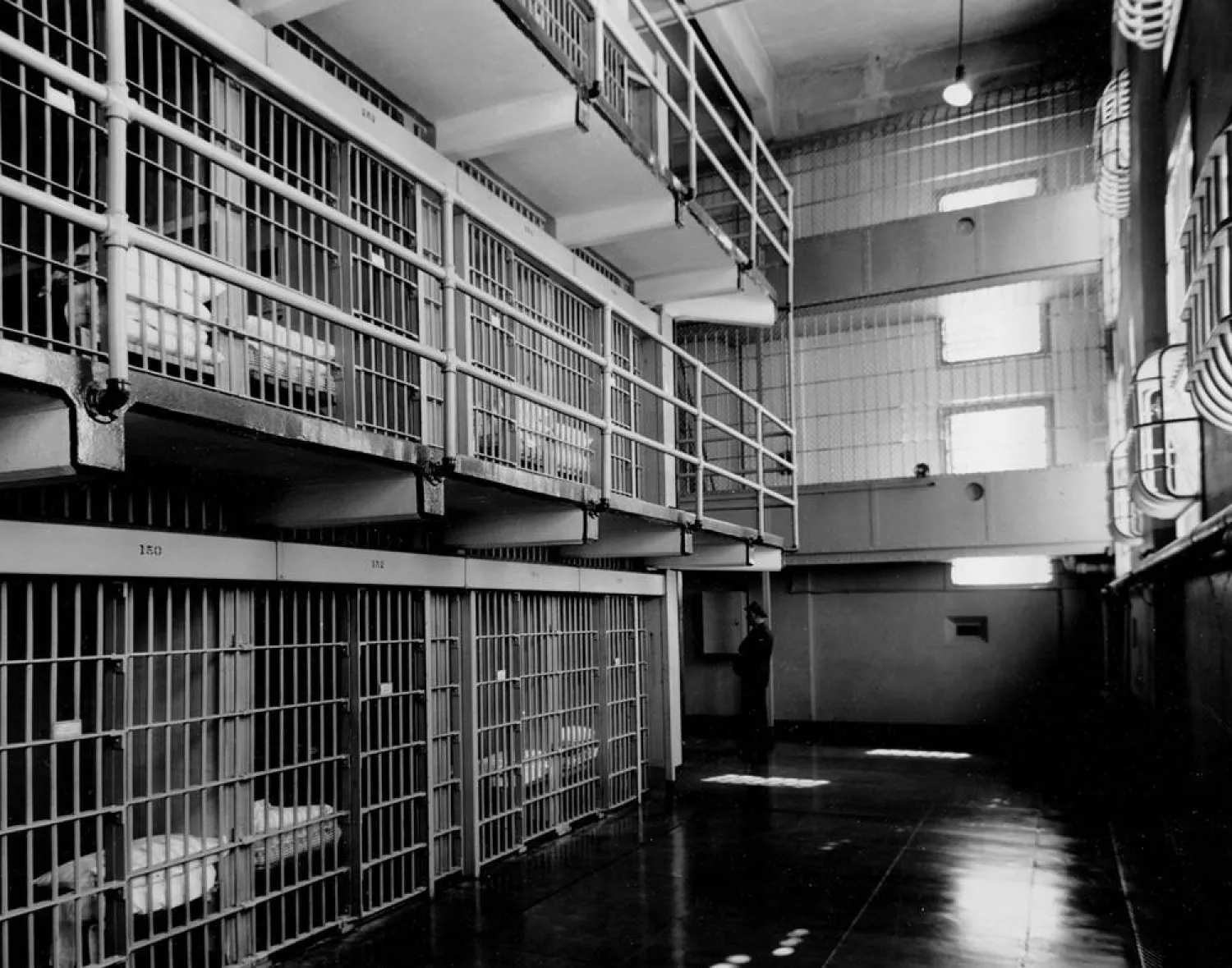The development of cybersecurity is one of the strategic pillars of the National Cybersecurity Authority (NCA) in Saudi Arabia to stimulate the growth of the sector, encourage innovation, support entrepreneurship and investment, raise the proportion of local content in it, and build specialized national cadres to meet the national needs.
It also aims to contribute to strengthening the cybersecurity sector in Saudi Arabia and exploit promising opportunities that abound to achieve sustainable development and access to safe and reliable cyberspace.
NCA is the government entity in charge of cybersecurity in Saudi Arabia and serves as the national authority on its affairs.
It has regulatory and operational functions related to cybersecurity and works closely with public and private entities to improve the country's cybersecurity posture to safeguard its vital interests, national security, critical infrastructures, high-priority sectors, government services, and activities.
It is also concerned with stimulating the growth of the cybersecurity sector in Saudi Arabia and encouraging innovation and investment.
The Authority's pavilion at World Defense Show 2024 highlights the most prominent efforts and initiatives implemented to develop and build national capabilities specialized in cybersecurity, raise the level of cyber readiness among federal entities, and create a competitive environment that attracts local and global investment to the market in Saudi Arabia.
The Authority launched a group of strategic initiatives as part of the CyberIC program to develop the sector, contributing to the localization of cybersecurity technologies and training content, building specialized national capabilities, and supporting research and innovation programs.
The initiatives also aim to develop skills and knowledge for more than 10,000 Saudi men and women.
The first phase of the CyberIC program includes numerous initiatives, most notably the training of employees of national authorities, accelerating cybersecurity activities to stimulate the sector, and encouraging the development of national cybersecurity products, services, and solutions.
The cybersecurity accelerator is one of the main enablers in localizing its technologies by supporting more than 40 emerging companies and motivating entrepreneurs by establishing more than 20 local start-ups that provide solutions to cyber challenges.
The Authority also launched the CyberIC Innovation Program, in partnership with NEOM, to contribute to the growth of Saudi Arabia's cybersecurity sector, encouraging innovation and fostering investment.
The CyberIC Innovation Program aims to support the development of winning ideas and turn them into viable commercial products – thereby fostering localized innovative cybersecurity solutions, promoting investment in cybersecurity, and boosting the cybersecurity sector in Saudi Arabia.
It plays a critical role in nurturing local talent, creating a solid local cybersecurity company, and enabling cybersecurity entrepreneurs in a thriving environment that fosters innovation.
The Authority also implements a CyberPro program to train and qualify government cybersecurity employees. It aims to develop their capabilities and enhance scientific and practical skills.
During 2023, the National Cybersecurity Academy trained over 6,000 personnel representing more than 300 government agencies and contributed to developing the leadership capabilities of 160 cybersecurity officials within the Cybersecurity Leaders program.
The Authority issued the Saudi Cybersecurity Higher Education Framework and the Saudi Cybersecurity Workforce Framework (SCyWF) to achieve the academic quality of higher education programs and ensure that higher education outcomes are aligned with national needs.
The SCyWF framework facilitates creating, updating, and standardizing job descriptions in cybersecurity within national entities, as each role has a job description that includes a description of the tasks, knowledge, skills, and abilities required for each job role.
The Authority also depends on the cyber awareness of national authorities' employees and all society's age groups to establish a high cyberculture that enhances the values of preserving national security.
In 2022, the Authority launched the National Cybersecurity Awareness Program (Amen), an extension of its strategic initiatives to raise cybersecurity awareness within society.







